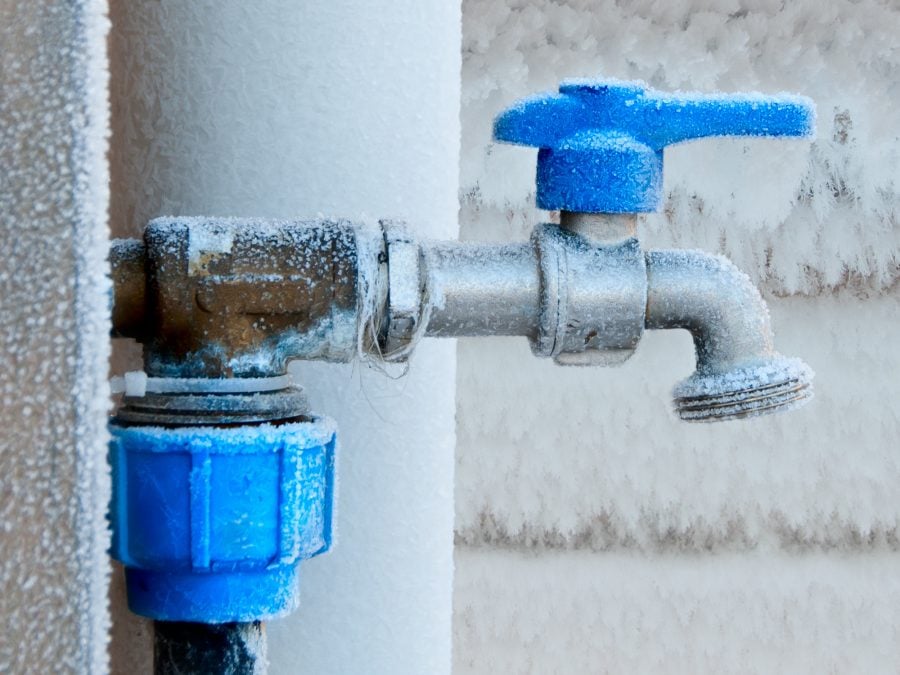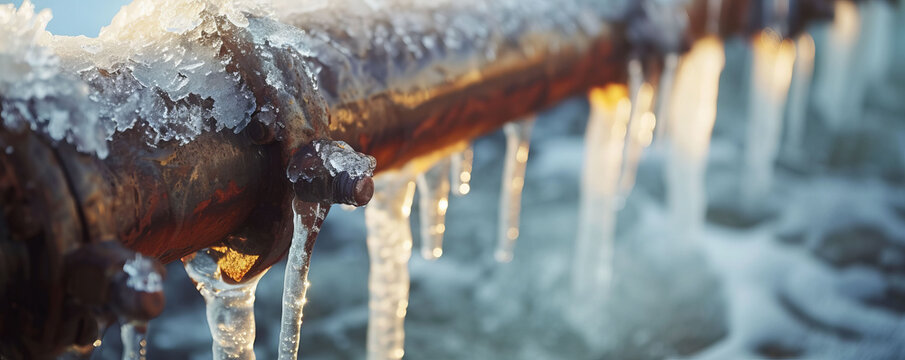Important Tips to Prevent Frozen Pipes in Winter
Important Tips to Prevent Frozen Pipes in Winter
Blog Article
Are you currently on the lookout for facts and techniques on Prevent Frozen Pipes ?

Winter can wreak havoc on your pipes, particularly by freezing pipelines. Right here's how to prevent it from occurring and what to do if it does.
Intro
As temperatures decrease, the threat of icy pipes boosts, possibly bring about pricey fixings and water damage. Understanding how to avoid frozen pipelines is critical for home owners in chilly environments.
Understanding Icy Pipelines
What triggers pipes to freeze?
Pipelines ice up when exposed to temperatures below 32 ° F (0 ° C) for prolonged periods. As water inside the pipelines freezes, it expands, putting pressure on the pipe wall surfaces and possibly triggering them to break.
Dangers and damages
Icy pipes can cause supply of water disturbances, residential or commercial property damage, and expensive fixings. Burst pipelines can flood homes and cause substantial architectural damages.
Indicators of Frozen Pipes
Identifying frozen pipelines early can avoid them from bursting.
How to identify icy pipes
Seek lowered water flow from taps, uncommon odors or noises from pipes, and visible frost on subjected pipes.
Prevention Tips
Protecting prone pipelines
Wrap pipes in insulation sleeves or use warmth tape to safeguard them from freezing temperatures. Focus on pipelines in unheated or external areas of the home.
Heating methods
Maintain interior spaces sufficiently heated up, particularly areas with plumbing. Open up cupboard doors to allow warm air to circulate around pipelines under sinks.
Shielding Outside Pipes
Yard hoses and outdoor taps
Disconnect and drain pipes garden tubes before winter season. Mount frost-proof spigots or cover exterior faucets with protected caps.
What to Do If Your Pipelines Freeze
Immediate actions to take
If you presume icy pipes, maintain taps open to alleviate stress as the ice melts. Utilize a hairdryer or towels taken in warm water to thaw pipelines gradually.
Long-Term Solutions
Architectural adjustments
Consider rerouting pipes far from exterior wall surfaces or unheated areas. Include added insulation to attic rooms, cellars, and crawl spaces.
Updating insulation
Purchase premium insulation for pipelines, attics, and walls. Appropriate insulation aids preserve regular temperatures and decreases the danger of icy pipes.
Conclusion
Avoiding frozen pipes needs positive steps and quick feedbacks. By comprehending the causes, indications, and safety nets, property owners can shield their plumbing during winter.
6 Proven Ways to Prevent Frozen Pipes and Protect Your Home
Disconnect and Drain Garden Hoses
Before winter arrives, start by disconnecting your garden hoses and draining any remaining water. Close the shut-off valves that supply outdoor hose bibs and leave the outdoor faucet open to allow any residual water to drain. For extra protection, consider using faucet covers throughout the colder months. It’s also important to drain water from any sprinkler supply lines following the manufacturer’s directions.
Insulate Exposed Pipes
Insulating your pipes is an effective way to prevent freezing. Pipe insulation is readily available at home improvement stores and is relatively inexpensive. Pay close attention to pipes in unheated areas such as the attic, basement, crawl spaces, or garage. Apply foam insulation generously to create a buffer against the cold. You can also wrap your pipes in heat tape or thermostat-controlled heat cables for added warmth.
Seal Air Leaks
Inspect your home for any cracks or openings that could let in cold air. Seal any holes around the piping in interior or exterior walls, as well as the sill plates where your home rests on its foundation. Additionally, make sure to keep your garage door closed unless you’re entering or exiting. Leaving it open creates a significant air leak that can lead to frozen pipes.
Allow Warm Air Circulation
During cold snaps, it’s essential to allow warm air to circulate evenly throughout your home. Leave interior doors ajar to promote better airflow. Open kitchen and bathroom cabinets to help distribute heat consistently around the rooms. If you have small children or pets, be sure to remove any household chemicals or potentially harmful cleaners from open cabinets for safety.
Let Faucets Drip
A small trickle of water can make a big difference in preventing ice formation inside your pipes. When temperatures drop significantly, start a drip of water from all faucets served by exposed pipes. This continuous flow helps prevent the water from freezing. Additionally, running a few faucets slightly can relieve pressure inside the pipes, reducing the chances of a rupture if the water inside does freeze.
https://choateshvac.com/6-proven-ways-to-prevent-frozen-pipes-and-protect-your-home/

I am just very inquisitive about Preventing and dealing with frozen pipes and I'm hoping you appreciated the piece. Make sure you set aside a second to distribute this article if you liked it. Thanks a bunch for being here. Revisit us soon.
Visit Website Report this page